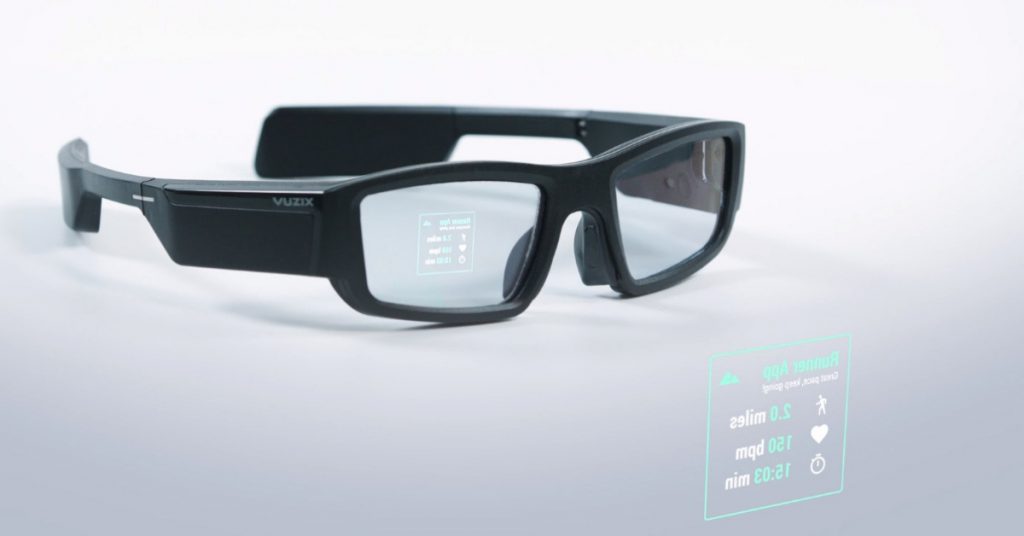
If you’re familiar with the concept of the Aware Home, you’ll know that it’s essentially a live lab in which experimental smart tech is used for the treatment of elderly people. By leveraging cutting-edge technologies such as the Internet of Things (IoT), developers are transforming every household products into communicative tools that can help older and vulnerable citizens to maintain their independence.
This is just an initial example of how technology is being deployed to help vulnerable individuals, with a number of innovations also aiding people who live with a disability. Here are three examples:
1. The Rise of Wheelchair Friendly Vehicle

Historically, people with specific disabilities may have struggled to get in and out of vehicles, with formative designs relatively restricted and incapable of meeting certain physical needs.
As technology has evolved, however, we’ve seen a wider range of modified vehicles that have been designed to be completely wheelchair friendly (both in terms of comfort and accessibility).
Companies like Allied Fleet lead the way in this respect, as they collaborate with a range of manufacturers to modify specific vehicles. This includes a popular wheelchair minibus for group use, along with bespoke designs that are created to meet unique customer needs.
2. Smart Glasses

According to the latest estimates from the World Health Organisation, there are around 39 million blind people located across the globe.
However, around 90% of these have at least some level of light perception, which is why smart glasses are evolving to assist those with a visual impairment and improve their quality of life.
At the heart of this drive in the neuroscientist Stephen Hicks from Oxford University, who has developed modified smart glasses that accentuate the contrast between light and dark objects. This changes the nature of vision and presents the world in the form of simple and unambiguous real-time images, making even everyday objects more visible to those with a form of visual impairment.
3. Talking Hands

There are also an estimated 1.5 million people in the world who are both deaf and blind, and recent innovations have emerged to help this demographic. One ground-breaking idea has emerged from Nicholas Caporusso in southern Italy, who has developed a way of translating hand movements and touches into electronic vehicles via a specially designed glove.
This innovation is founded on the idea of tactical alphabets, which are operated by pressing or pinching different parts of the hand to represent alternative letters.
It could be truly revolutionary for people who have their sight and hearing impaired, while it could also leverage new technologies to make communication easier than ever.






























